The best lens for food photography? The best camera for travel? The best selfie-stick for being beaten over the head with?
Small children have favorite colors. Favorite numbers. Favorite My Little Ponies.
However, as adults most of us come to realize that the world is more nuanced. That any single number on it’s own isn’t in fact all that useful. That colors look best in combination. And that My Little Pony is the Devil.
There is no overall best. Only best for a certain task, for a certain person, in a certain time and place.
For some reason though, photographers are the exception to this rule. Obsessing over the best everything.
So, what is the Best Lens for Food Photography?
The best lens for food photography is the lens that allows you to get the job done. The best lens for food photography is the best lens for your food photography. And even then, there’s likely to be more than just one “best”: as each kind of lens does a different job, you’ll probably want to have at least a couple of different lenses. All the “best”, of course.
There’s no doubt that a good quality lens will help you to produce a better quality photograph. But let’s be totally frank: if the quality of your photographs depends entirely on the quality of your lens, you might want to consider a different choice of career.
Nonetheless, although investment in a good piece of glass will not suddenly transform lackluster photos into magnificent works of art, it makes little sense to invest good money in poor quality or inappropriate gear. And for those just starting out as a food photographer, and looking to put together a modest set of photographic kit for the job, choosing the right lens can seem like a daunting task.
This guide lists some of the most useful lenses for food photography. Whether any single one of them can be considered the “best lens for food photography” will depend on your own particular needs. We advise starting out with just one or two basic, versatile lenses, and then adding more specialized ones at a later date if/when the standard lenses start to feel restrictive.
Despite the clickbait title then, rather than a definitive list of the best lenses for food photography, look on this as a guide to some of the most useful lenses for food photography. Then make your own mind up as to which one(s) might be valuable for your own particular way of working.
#1 The 50mm f/1.8 – $125

A 50mm standard lens is one of the all round best lenses for food photography
This is the probably the first lens most photographers would purchase when they start taking things seriously. It’s also likely the one lens that can be found in every pro’s bag too: be they a food, fashion or news photographer. Called the ‘nifty-fifty’ this lens is the king of multipurpose lenses at the lowest end of the budget. It is probably the best lens for food photography if you are just starting out, as it will allow you to shoot good quality images of most kinds of setup and subject matter.
Additionally, with the super bright 1.8 aperture, you can get sharp images in low light and with a good amount of bokeh. This can be particularly useful for those photographers who often have to shoot with available light in gloomy restaurants or cafes (although in any case, you should probably be using a tripod: see our beginner’s food photography tips).
#2 The 60mm f/2.8 Macro – $399
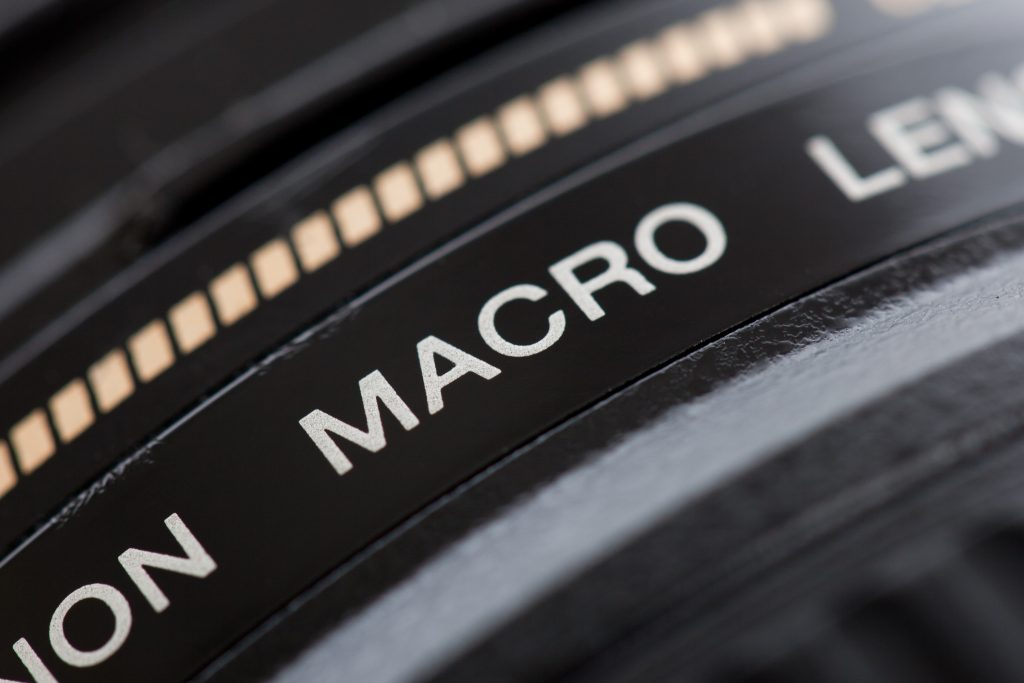
A macro lens will let you get in super close
A big brother of the ‘nifty-fifty’, this macro lens offers the best value for those on a budget. It will prove useful even for those shooting with a cropped sensor camera: a cropped sensor paired with the 60mm will give an actual coverage of around 90mm-100mm, depending on the precise on the crop-ratio of your camera. Effectively giving you access to one of the most loved photographic lenses ever, the 100mm macro.
This lens is sharp, captures crisp details, works fantastic under low light and gives luscious bokeh. Anyone who has used this lens will swear by the shallow of depth achieved by the lens and it really can’t be beaten at this price point. For many food photographers, a good quality macro lens is an essential item that they would never want to be without.
#3 The 100mm Macro – $800-900
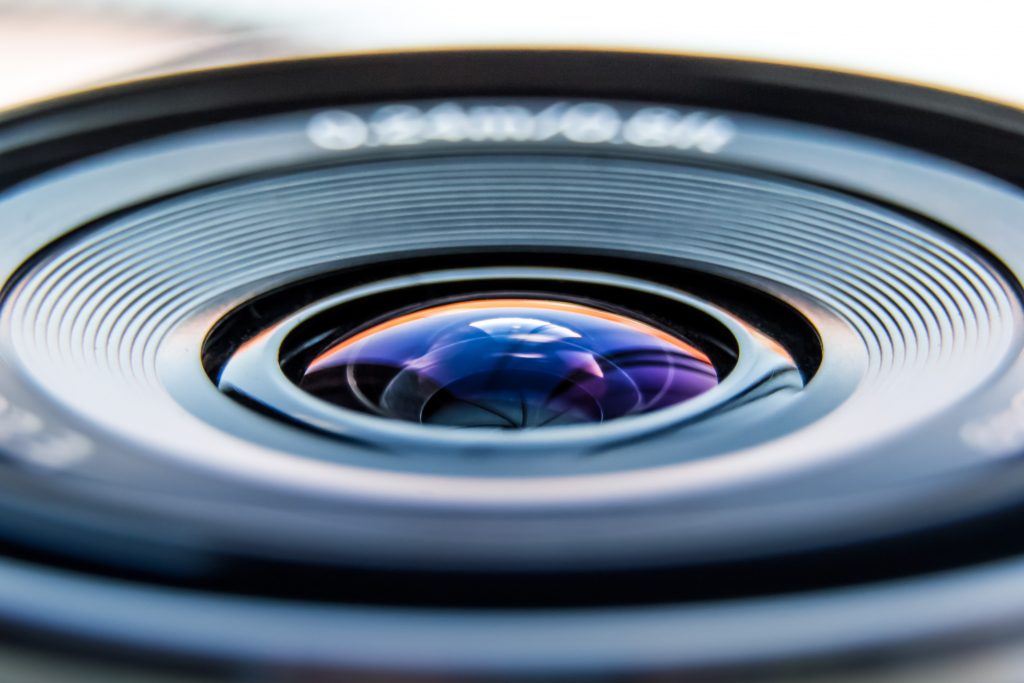
Macro lenses can be great for selective focusing
One of the best macro lenses out there, used by pros across the board. For those shooting full-frame, go for either the 100mm Canon or the 105mm from Nikon. Both retail for around $800-900, with the Canon towards the lower end of this price bracket and the Nikon costing slightly more.
With regards to performance, however, Nikon and Canon’s offering are essentially the same. Certainly both lenses can be considered heavyweight players in the macro category.
#4 The 24-70mm f/2.8 – $1,750-2,400
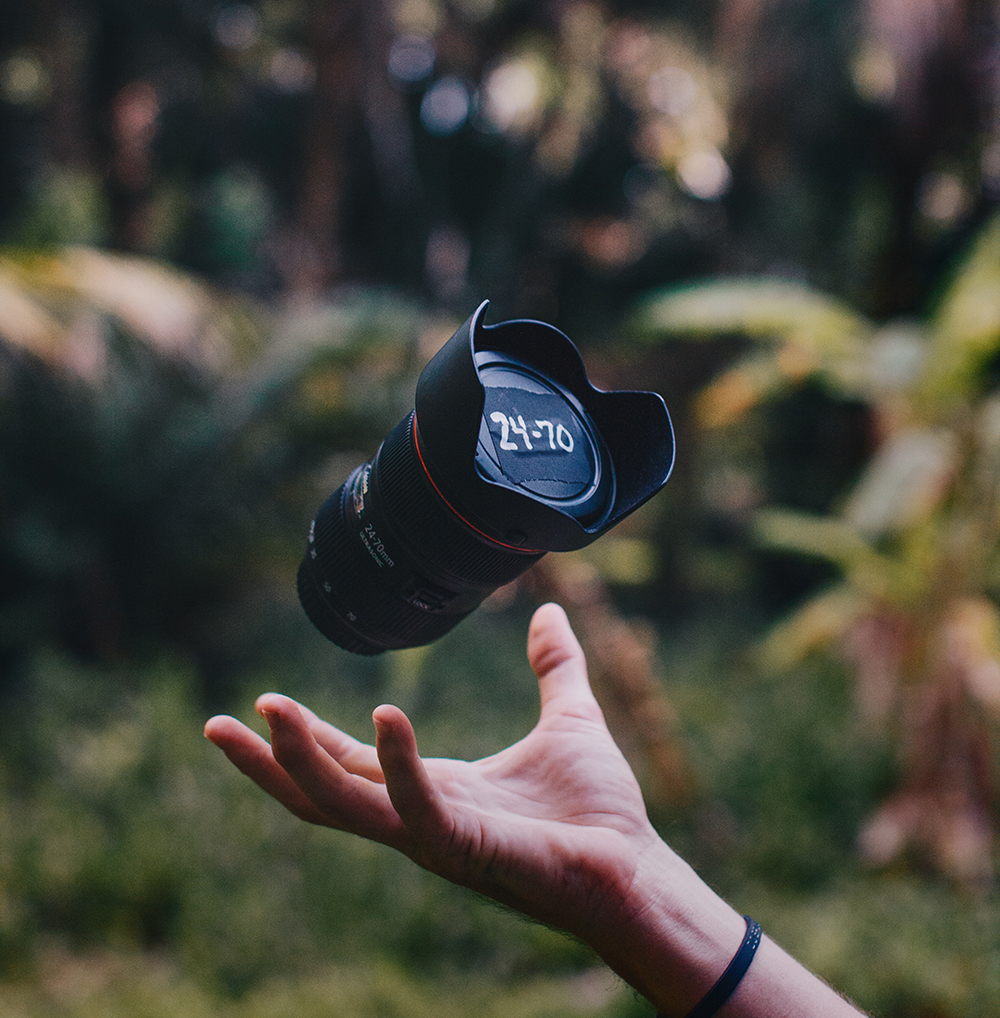
Owing to the fact that it is relatively lightweight and compact, a 24-70mm zoom makes for a great starter lens for food photography
Although a wide-angle lens might not be the first thing that comes to mind when choosing a lens for food photography, there will likely be times when you want to step out of the norm and trade in the distinctive narrow vision of a macro lens for a broader view of the subject. For example, a wider focal length can be essential when shooting a very large array of dishes all together on a table, or when photographing in the confined space of a restaurant. Sometimes you might also want to include more of the location or environment, and perhaps even people, in shot along with the food.
As this is a zoom that combines both wide and moderate focal length settings, it makes for a great all-round starter-lens. And unlike may zooms, that are renowned for inferior optics – especially at the longest focal length settings – these will produce shots that are crisp and clear even at full zoom. Once again, while optical quality is likely comparable between the two major brands, Canon’s version wins out on price.
#5 The 90mm Tilt-Shift – $1,399
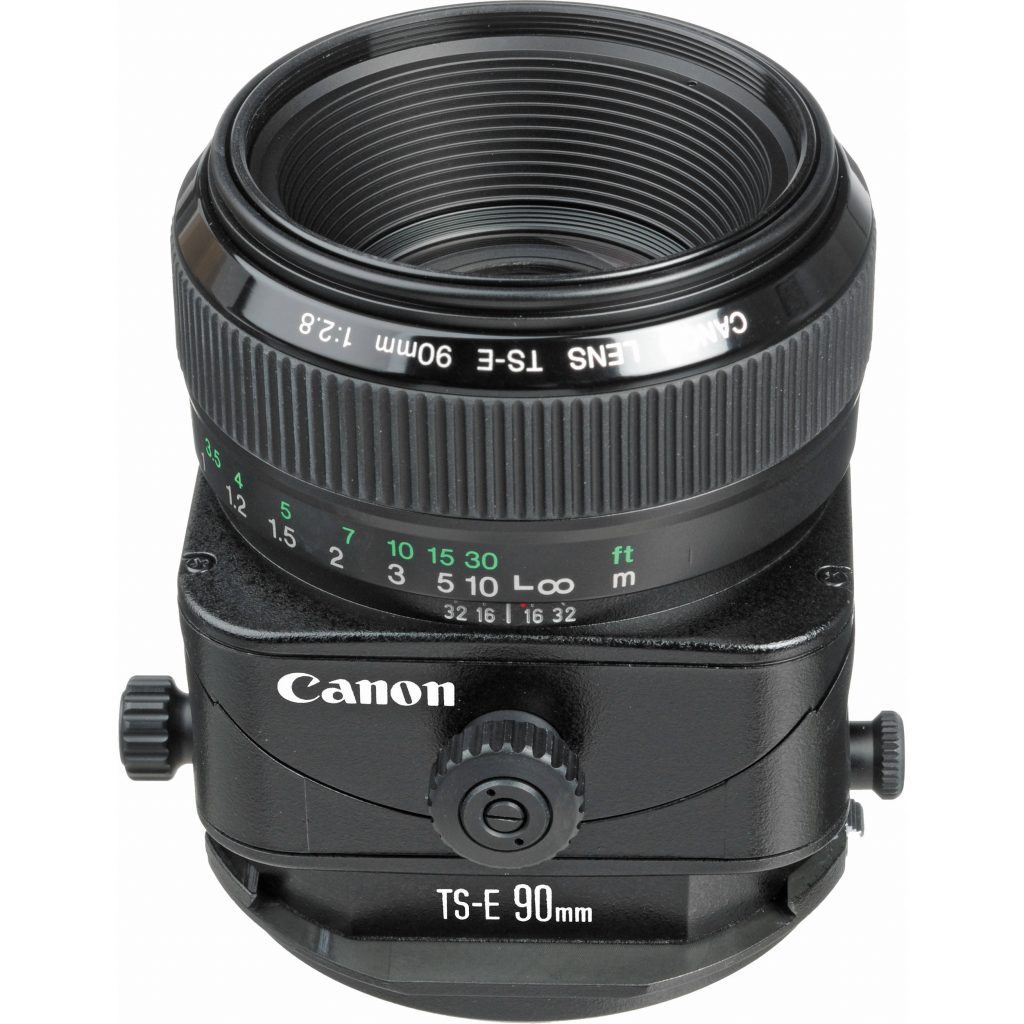
The Canon tilt-shift lens is a highly specialized piece of equipment that can be of interest to professional food photographers and architectural photographers alike
This is very definitely not a beginner’s lens. For a start, the hefty price tag will likely discourage all but the most successful of professional photographers. But, above all, as tilt-shifts can be quite tricky to use, you will only be able to make effective use of this lens once you have some serious shooting experience under your belt.
A tilt-shift lens recreates the effect of the bellows on an old analog field-camera (you know, the ones where the photographer had to stick a black cloth over their head). The bellows could be moved around to change the alignment of the lens in relation to the film-plane, allowing for dramatic shifts in perspective – of particular interest to architectural and interiors photographers as it permits the correction of converging parallel lines. Modern tilt-shift lenses effectively do the same, moving perspective in relation to the camera’s sensor.
A tilt-shift lens lets you create cool effects by choosing the exact elements of a scene that you want to be in focus, blowing everything else out into a pleasing blur. If you’ve ever seen those videos that make cities look like miniature models and people look like ants, that’s a tilt-shift lens (or at least a digital emulation of one). These selective focus effects can be a real creative tool for food photography, especially of the “food porn” variety.
What do you think of our selection? What is the best lens for food photography in your opinion? Did we miss something? Let us know in the comments!
All prices were sourced from amazon.com and are correct at the time of publication.
This guest post was written by Sinchan Dey of www.yourownconsumer.com

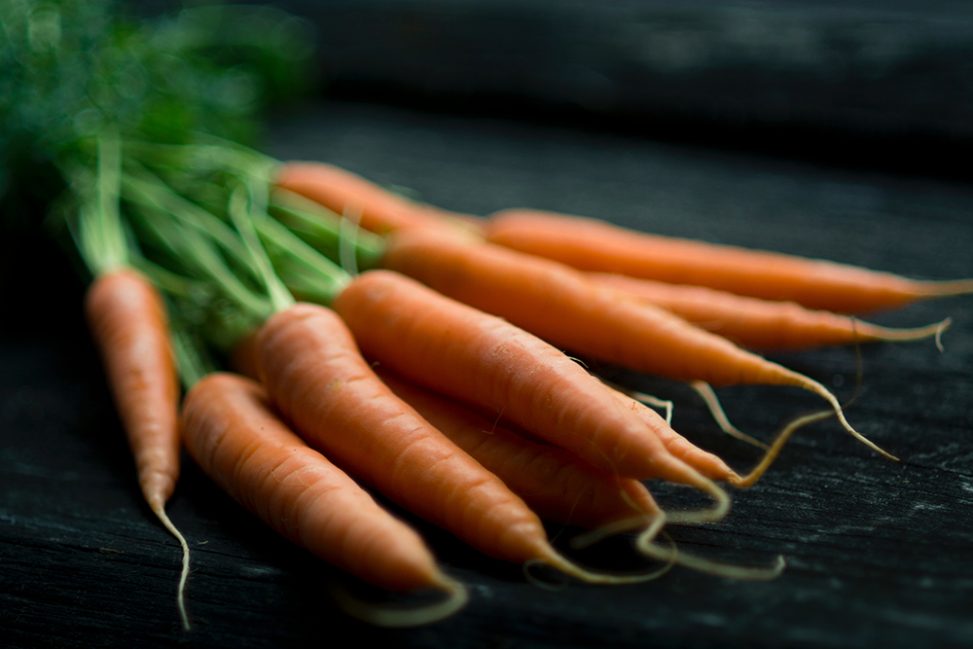
0 Comments
1 Pingback